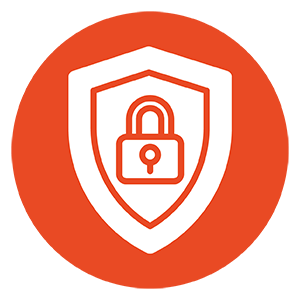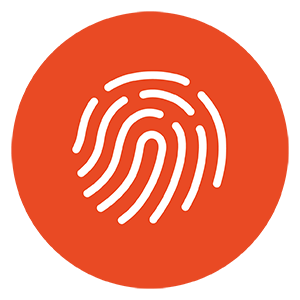Cyber News
Cyber threats are evolving every day, keeping up with them is a full-time job. The WESTprotect Cyber News is your source for how these changes affect you in the real estate, title, mortgage, and settlement services industry. From cyber threats to new Tactics, Techniques, and Procedures (TTP’s) we’ve got you covered.While the age of Big Data has improved our lives in countless ways, there is seemingly an equal number of potential downsides. The exponential rate at which data volume is growing has spawned nonstop cyber-activity intent on using this data for illegal purposes. The danger couldn’t be more extreme – or more real: in today’s internet dominated world, someone seeking to steal sensitive, confidential or proprietary data no longer has to physically breach a facility. Read more >>>
Attackers have launched a phishing campaign on Cisco Webex using WHF and COVID-19 to instill a sense of urgency. Attackers use cloned graphics and formatting design to mimic automated SSL certificate error alerts on Cisco Webex that instruct the user to login and verify their credentials. The ThreatDNA team recommends employees take extra caution when clicking on suspicious URLs and ensure anti-virus and endpoint security solutions are up-to-date. Read more >>>
Hundreds of millions of accounts are compromised every year in data breaches through phishing, malware, and other types of attacks. More than 11.6 billion records have been breached since 2005, according to a running tally by California-based nonprofit Privacy Rights Clearinghouse. Here's how your personal info ends up on the dark web -- and what you can do to protect yourself. Read more >>>
Foxit Reader and PhantomPDF are plagued by several high-severity flaws that, if exploited, could enable remote code execution. Foxit Software has released patches for dozens of high-severity flaws impacting its PDF reader and editor platforms. The most severe of the bugs enable a remote attacker to execute arbitrary code on vulnerable systems. Read more >>>
Within the last seven days, Gmail malware scanners have blocked around 18 million phishing and malware emails using COVID-19 lures. The malware scanners implemented by Google can block over 99.9% of all spam, phishing and malware messages sent to Gmail users. Read more >>>
The FBI’s IC3, or its Internet Crime Complaint Center, has reported a major increase in received cybersecurity complaints each day, according to The Hill — who goes on to explain that the number of cybersecurity complaints went up from 1,000 complaints every day, to over 3,000 to 4,000 per day since the beginning of the COVID-19 pandemic. Read more >>>









